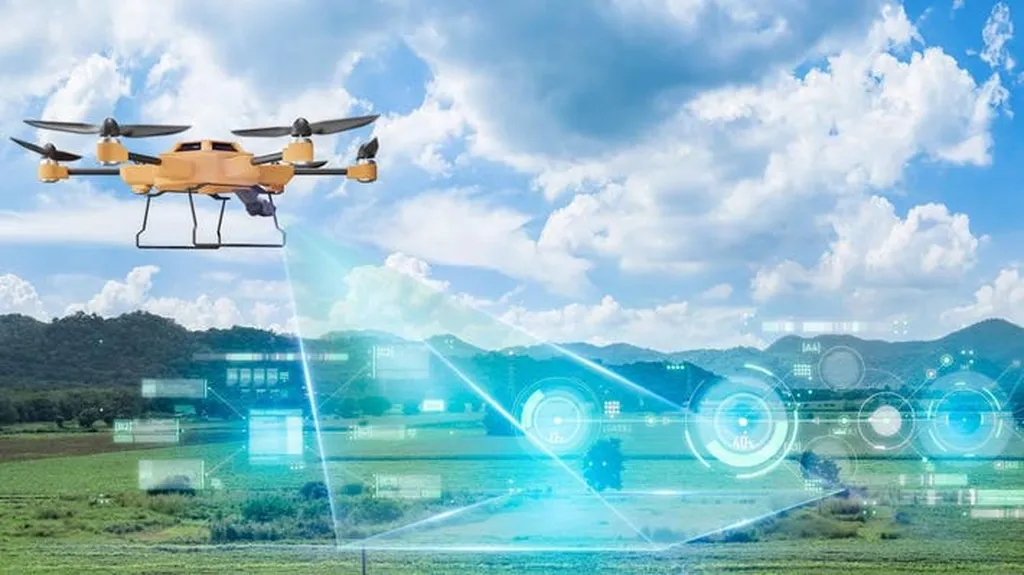In the heart of Singapore, at the Temasek Life Sciences Laboratory, Shalini Krishnamoorthi and her team are revolutionizing the way we understand and interact with plants. Their work, recently published in the journal *Advanced Sensor Research* (translated from its original title, *Advanced Sensor Research*), is paving the way for more efficient, productive, and sustainable agriculture. The research delves into the latest advancements in plant diagnostic and sensing technologies, offering a glimpse into a future where precision agriculture is the norm, not the exception.
Krishnamoorthi and her colleagues have meticulously reviewed the key target traits, endogenous structures, and metabolites that serve as focal points for plant diagnostic and sensing technologies. Their findings highlight the unique advantages of various technologies, making them suitable for diverse farm operations, breeding programs, and laboratory research.
The team’s work begins with a comprehensive overview of conventional plant sensing technologies based on light reflectance and fluorescence. These methods rely on foliar phytopigments and fluorophores such as chlorophylls, enabling accurate stress detection and classification. “By understanding the subtle changes in these pigments and fluorophores, we can gain insights into the plant’s health and stress status,” Krishnamoorthi explains. This information is invaluable for optimizing fertilizer and pesticide applications, ultimately leading to higher yields and reduced resource inputs.
But the team doesn’t stop at conventional methods. They also highlight advanced optical techniques such as Fourier transform infrared spectroscopy (FT-IR) and Raman spectroscopy. These techniques allow for specific measurements of various plant metabolites and structural components, providing a deeper understanding of plant physiology and biochemistry.
Perhaps the most exciting aspect of their research is the introduction of nanotechnology chemical sensors. These sensors are capable of highly sensitive and selective detection of specific phytochemicals, including phytohormones and signaling second messengers. “These sensors can detect changes at micro- to sub-micromolar concentrations, which is crucial for understanding and regulating physiological and developmental processes in plants,” Krishnamoorthi notes.
The implications of this research for the energy sector are significant. As the world grapples with climate change and the need for sustainable energy sources, the development of more efficient and productive agricultural practices is crucial. By optimizing plant health and growth, we can enhance the production of biofuels and other plant-based energy sources.
Moreover, the use of advanced sensing technologies can lead to the development of smart farms, where real-time data is used to make informed decisions about plant care and resource management. This can result in significant cost savings and improved productivity, making agriculture more competitive and sustainable.
Krishnamoorthi’s work is a testament to the power of interdisciplinary research. By combining expertise in plant biology, chemistry, and engineering, she and her team are pushing the boundaries of what’s possible in agriculture. Their research is not only advancing our understanding of plant physiology but also paving the way for a more sustainable and productive future.
As we look ahead, the potential applications of these technologies are vast. From improving crop yields to enhancing the production of biofuels, the impact of this research is far-reaching. It’s a reminder that the future of agriculture lies in our ability to innovate and adapt, using the best tools and technologies available.
In the words of Krishnamoorthi, “The future of agriculture is bright, and it’s powered by technology. By harnessing the power of advanced sensing technologies, we can create a more sustainable and productive future for all.”

